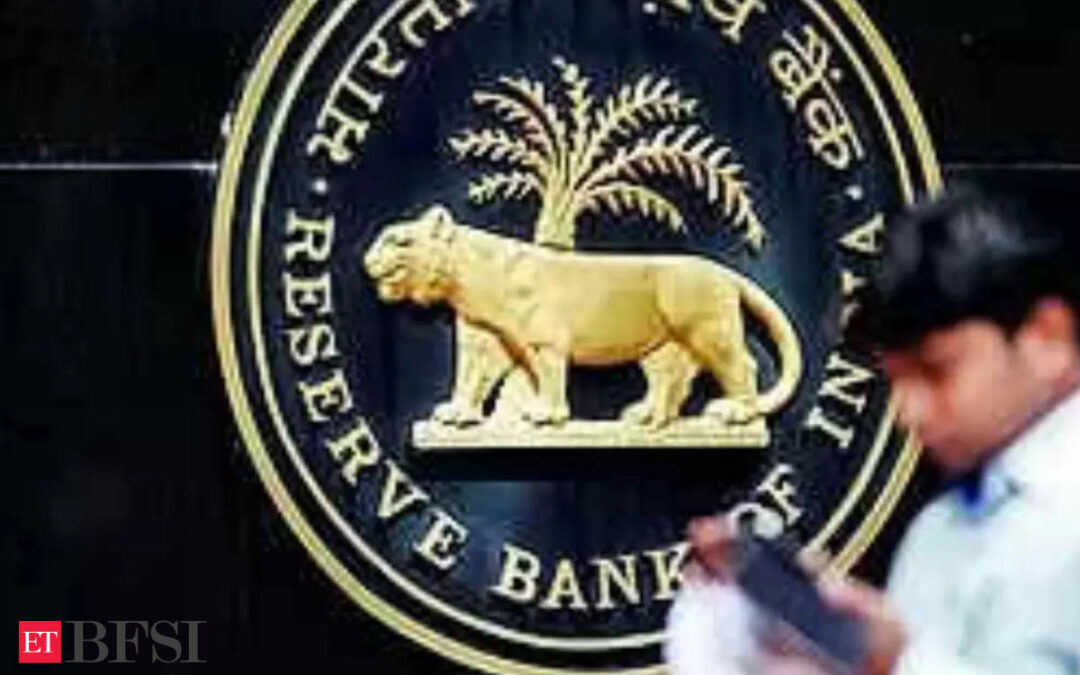MUMBAI: RBI governor Shaktikanta Das on Thursday indicated that interest rates may remain higher for longer. With a 4.75% rise in retail inflation in May, Das said that inflation numbers for June – which will be announced on Friday – are expected to be close to 5%, according to surveys. “When we are at 5% and our target is 4%, I think it is premature to talk about interest rate cuts,” Das said in an interview with CNBC.
The governor also said that rate cuts would adversely affect ‘silent depositors’. Typically, there is a clamour for rate cuts from borrowers.
Das emphasised on the cautious approach, saying that while some central banks provide guidance on when a rate cut is likely, the issue globally and in India is the prevailing uncertainty. He expressed his reluctance to give any forward guidance that might mislead market players, and said, “I would rather not give any forward guidance which would lead market players to board the wrong train.” The approach intends to provide stability and reassurance to the market. The adverse impact of a rate cut on depositors is a new issue confronting RBI. The central bank had expressed concerns over bank advances outpacing deposit growth, which remained sluggish. Business figures reported by banks in the first quarter indicate that deposit growth has not picked up much.
Besides inflation and the adverse impact on deposits, the third factor that might prevent RBI from cutting rates is the high growth rate. Das said that the high growth momentum of Q4 FY24 had continued and was maintained in the first quarter.
On the steady exchange rate, Das attributed the rupee’s resilience to its macroeconomic fundamentals, which have been much stronger than they were a few years ago. “It has more to do with our stable fundamentals than anything else. RBI only manages volatility,” said Das. He also added that it is the strong fundamentals that justify a ratings upgrade by international rating agencies. “It should have happened earlier… While rating does play a role, many large investors do their own analysis and markets are ahead of rating agencies,” said Das.
Economists attribute a significant portion of the rise in CPI to unstable commodities, especially food items. Although food price inflation is not caused by demand-related factors, RBI can only address this by increasing interest rates to prevent widespread inflationary expectations. In this quarter, besides food prices, a rise in telecom tariffs could also add to price pressures.
After hiking interest rates in Feb 2023, RBI has left rates unchanged for 16 months now. Many expect it to cut rates by Dec this year to maintain the spread between US and Indian rates. However, if RBI does not cut rates this year, it would be its longest pause since MPC started setting rates in 2016.











